Major Attraction of Fjords Is as Carbon ‘Graveyards’
The splendour of fjords is widely admired, but scientists say they are also carbon sinks that play an important role in regulating Earth’s climate.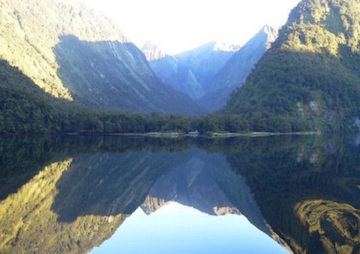
By Tim Radford, Climate News Network
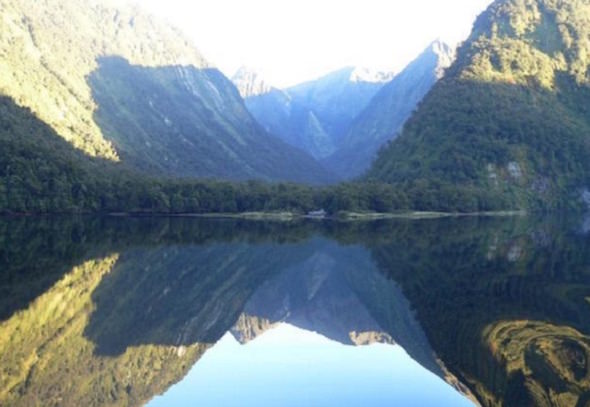
The stunningly beautiful Doubtful Sound, a fjord in the southwest corner of New Zealand’s South Island. (Candida Savage / University of Otago)
This Creative Commons-licensed piece first appeared at Climate News Network.
LONDON — Fjords, those dramatic narrow inlets in mountainous coastlines, are more than just beauty spots. New research shows that they are also major repositories of organic carbon, and therefore a vital part of the planet’s climate system.
Although they cover only 0.1% of the surface area of the oceans, they serve as graveyards for 18 million tonnes of organic carbon annually — 11% of all the marine carbon buried globally each year.
Richard Smith, an organic geochemist at Global Aquatic Research in New York, and colleagues report in Nature Geoscience that they analysed 573 surface samples and 124 sediment cores from nearly every fjord system in the world. These include Norway, Sweden, Greenland, Scotland, Svalbard, Western Canada, Alaska, Chile, New Zealand and Antarctica.
Sediment accumulation
Organic carbon is — or once was — plant tissue fashioned by photosynthesis from atmospheric carbon dioxide. And fjords, which are narrow, deep estuaries formed at high latitudes during glacial periods, are sites of sediment accumulation, serving as traps for all the organic carbon that flows into them.
Great rivers with magnificent deltas and estuaries also bear huge quantities of organic carbon, but much of this gets back into carbon dioxide form and is released into the atmosphere before it gets to the open sea.
But fjords, protected from ocean disturbance, become repositories for vast quantities of eroded material and landslips washed down the steep mountain sides. Because the fjords are so deep, the organic carbon is buried in a way that prevents most of it from being recycled.
The calculation is that fjords may play an important role in moderating atmospheric carbon dioxide levels during the advance and retreat of glaciers.
When the glaciers advance, much of the buried carbon would be pushed out onto the continental shelf and start turning back into greenhouse gas, eventually to warm the planet and slow the glaciation process.
During a glacial retreat, such as the present, the inlets become stores of organic carbon, preventing temperatures from rising too fast.
Piece of the puzzle
To understand climate, scientists must first account for all the elements that drive the climate machine. The carbon cycle — the traffic of carbon between air and living things and rocks and water — is a vital part of this machine, and the scientists now have yet another piece of the puzzle in place.
“In essence, fjords appear to act as a major temporary storage site for organic carbon in between glacial periods,” says one of the report’s authors, Candida Savage, a marine ecologist at the University of Otago in New Zealand.
“This finding has important applications for improving our understanding of global carbon cycling and climate change.”
Your support matters…Independent journalism is under threat and overshadowed by heavily funded mainstream media.
You can help level the playing field. Become a member.
Your tax-deductible contribution keeps us digging beneath the headlines to give you thought-provoking, investigative reporting and analysis that unearths what's really happening- without compromise.
Give today to support our courageous, independent journalists.
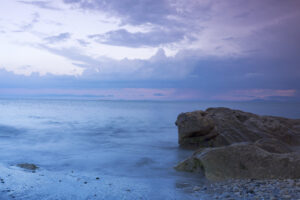
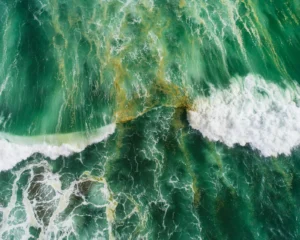
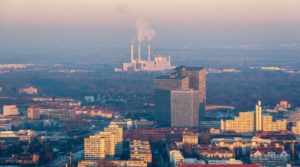

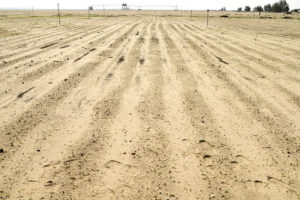
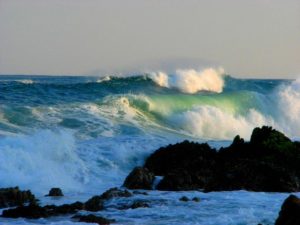
You need to be a supporter to comment.
There are currently no responses to this article.
Be the first to respond.